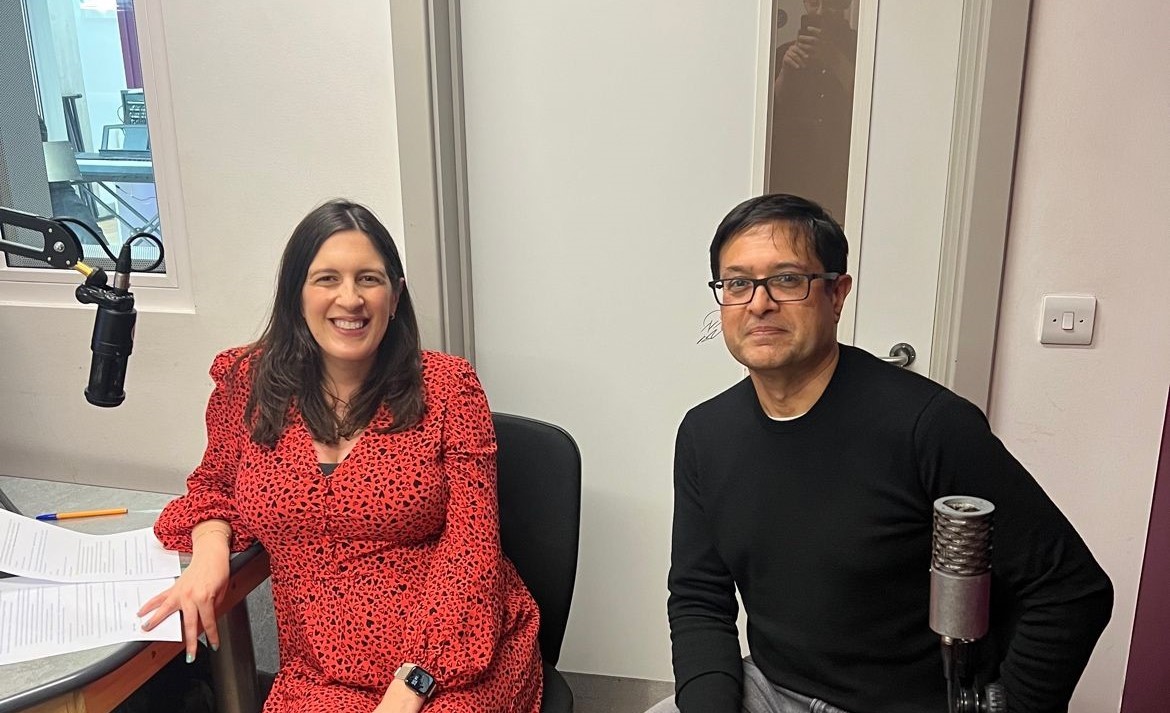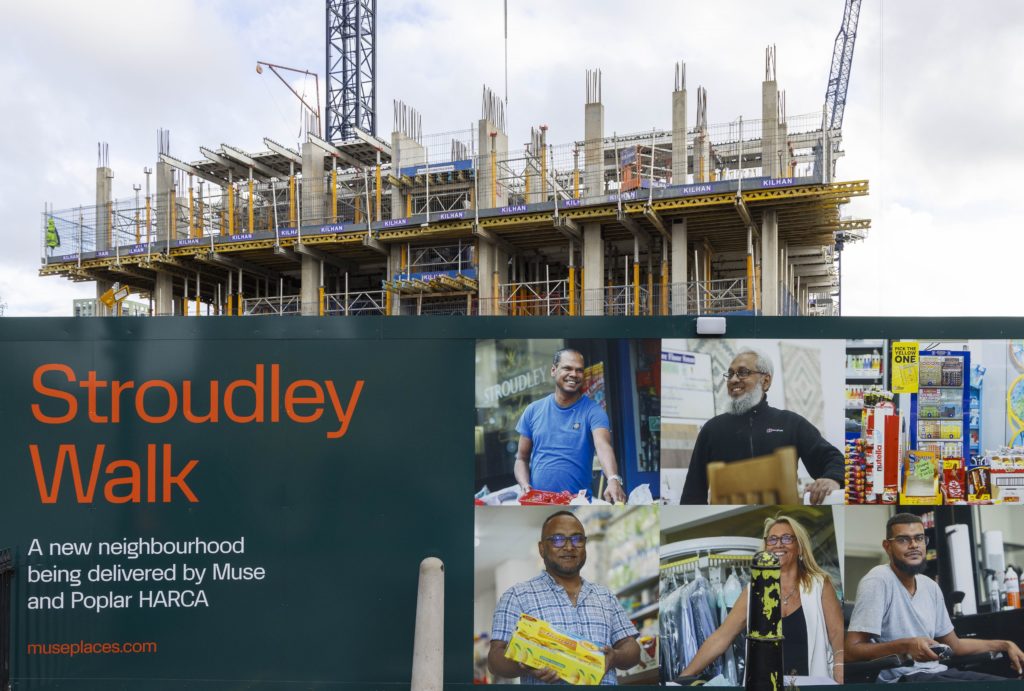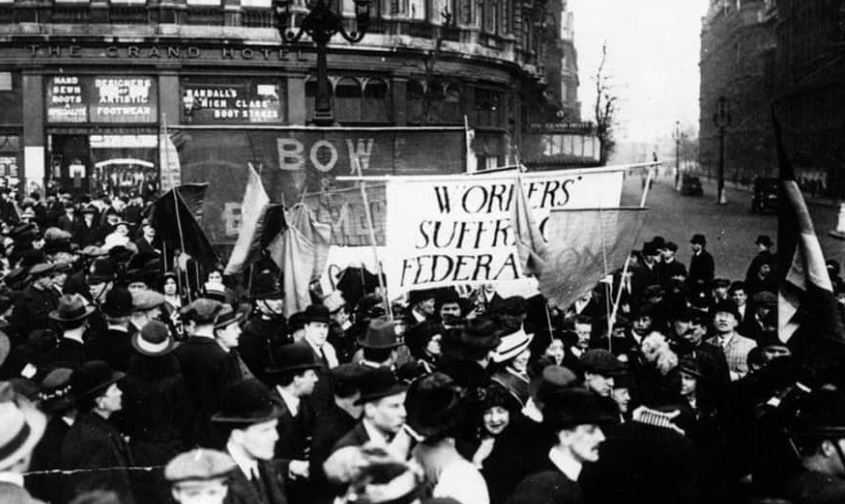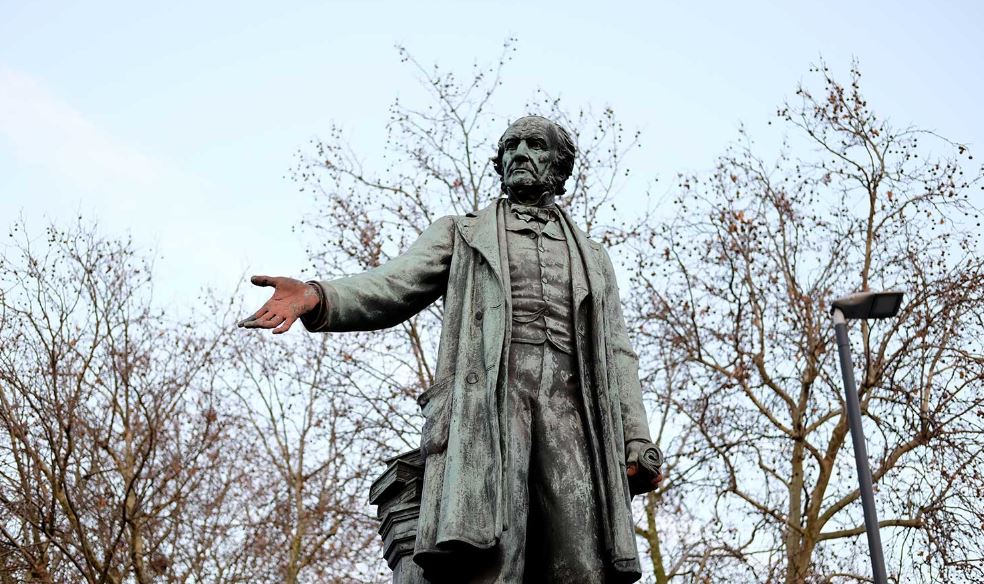Guest blog: Stuart Holdsworth, Stroudley Walk through the years
26.06.24 4 min read

London is full of great stories of characters and places that have a place in history and helped shape our world as it is today.
With so much happening in one place there is a danger of extraordinary people being overlooked. Uncovering some of the fascinating stories of Bromley-by-Bow, has been part of the privilege of delivering Stroudley Walk.
Stuart Holdsworth, author of the award-winning blog Inspiring City and local to Stroudley Walk, visited the site earlier this year to see some of the progress taking place, as well as help us pull back the curtain on the area’s rich history. Stuart is a keen historian and writes about historical facts all over London, especially around East London, where – according to his blog – “amazing things happened all over the East End”.
Stroudley Walk is about to deliver 274 homes, a pocket park and part-pedestrianised street with ground floor spaces to Bromley-by-Bow for the local community to enjoy. A people-first place to live, Stroudley Walk has been designed as an attractive, safe and convenient place to make a home. The options range in size from one to four bedrooms, from studio apartments to four-bedroom, terraced family homes, with 52% of what’s on offer coming under the affordable banner.
Listen to the Podcast

Stroudley Walk, Bromley-by-Bow
The Great Suffrage Demonstration at Bow Palace
On 24 November 1912, Sylvia Pankhurst and George Lansbury held what was described as a ‘Great Suffrage Demonstration’ at Bow in the heart of the East End, This was just at the top of where the Stroudley Walk site is located now.
Part of the by-election campaign for the seat of Bow and Bromley, Lansbury had forced the vote after originally winning his seat for the Independent Labour Party in 1910. Dismayed with the failure of parliament to deal seriously with the issue of women’s suffrage, he resigned and fought the by-election on the issue of Votes for Women.
The Great Suffrage Demonstration was held at the Palace Theatre at 156 Bow Road in 1912. To locals it was known as the ‘Bow Palace’ and the venue had long been a popular music hall and theatre.
The Bow Palace would have stood opposite where the Statue of Gladstone is now in front of Bow Church. Just a little bit further down the road on the same side of the street would have been number 198 Bow Road where Sylvia Pankhurst first set up shop for the Votes for Women campaign. The Bow Palace would have been used several times and became one of the places where rallies promoted universal suffrage.

Great Suffragette demonstration in Bow
Sylvia Pankhurst’s first public speech
Although Lansbury lost the by-election in 1912, his campaign had prompted Slyvia Pankhurst to stay in the area. Her campaign would eventually evolve into the East London Federation of Suffragettes in early 1914.
Sat on the site where Muse and Poplar HARCA are delivering 274 new homes, Stroudley Walk would have been at the heart of the old village of Bow. In 1913, it was here that Sylvia Pankhurst made her first speech in the East End alongside her fellow campaigner Zelie Emerson. Stood on the back of a horse and cart, near to where the entrance to the main building is due to be located, she proclaimed “the beginning of militancy in East London”.
After the speech was over Pankhurst, Emerson and others including Annie Lansbury and Willie Lansbury went to smash a few windows to get arrested. They broke windows at a local undertaker (approximately where St. Mary’s Court is now), the local liberal club and Bromley Public Hall.
The women and some men who were involved wanted to be martyrs. They wanted to make a point. All of them were sent to prison and sentenced to a month’s hard labour, with the women, including Slyvia Pankhurst being sent to Holloway and Willie Lansbury to Brixton.

The Gladstone Statue
The Gladstone Statue and the Match Girls strike
Standing directly in front of Bow Church is a statue of former Prime Minister, William Gladstone. The statue was commissioned by Theodore Bryant who was one of the owners of the local Bryant and May match factory. He was an admirer of the former prime minister, and it was his factory that in 1888 would go on to be the location for one of the most famous strikes in the East End. An event commonly known as the Match Girls Strike.
Erected in 1882, the statue was hugely controversial. Not because of politics but because of how it was funded. Bryant would go on to dock a half day’s wage from the workers to fund the statue. He then forced each of them to take half-a-day unpaid ‘holiday’ for the unveiling. In total each worker lost one full day’s pay to fund a statue that none of them ever wanted not had any connection to.
Furious, some of the workers attended the unveiling of the statue with stones and bricks in their pockets. Later, they surrounded the statue and cried out “we paid for it”, with one gruesome story claiming that the workers went on to cut their arms and let their blood trickle on the marble.
Today, the statue of Gladstone’s hand is red and it’s been red for as long as anyone can remember. To the people of the area, it is a symbol to remember those workers and Match Girls, not the ex-Prime Minister.
These great stories of activism and empowerment have provided the foundations of Bromley-by-Bow and its people today. Muse and Poplar HARCA’s Stroudley Walk is set to drive forward the next, exciting chapter in the area’s journey, whilst honouring the area’s rich history.